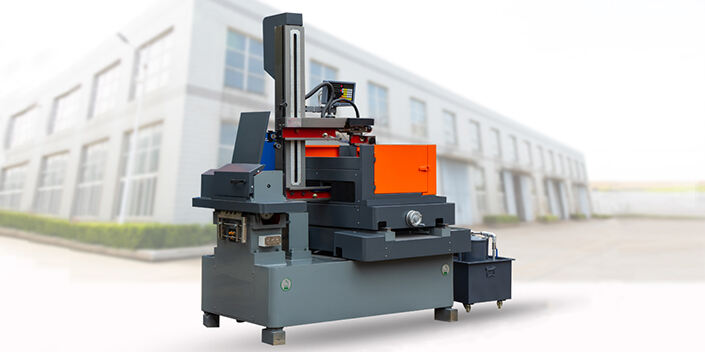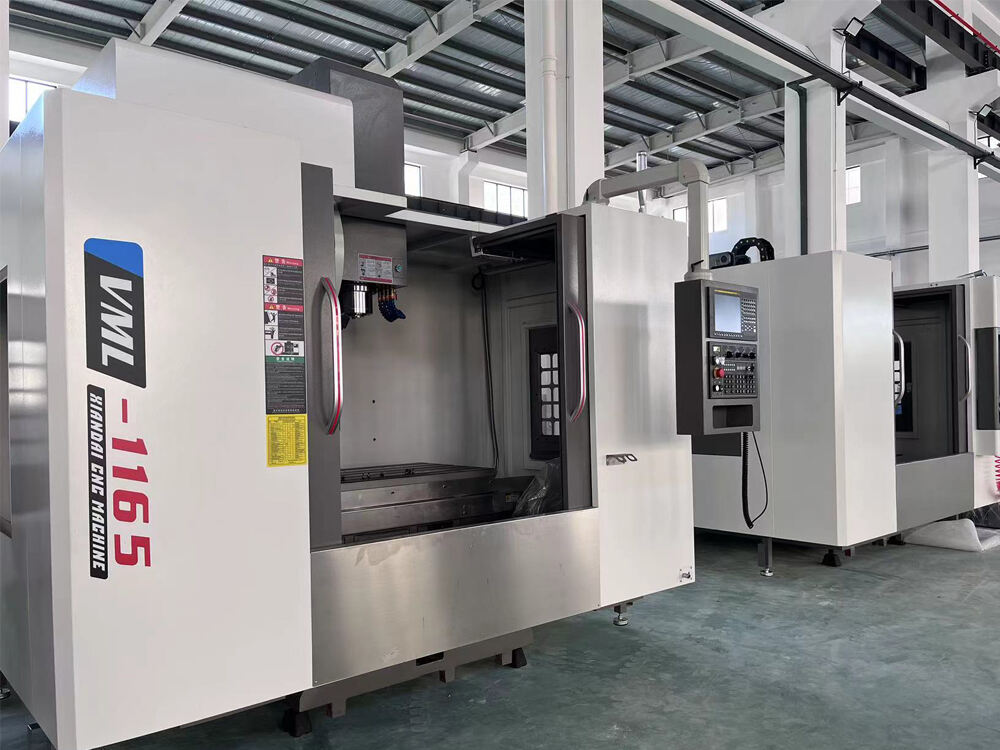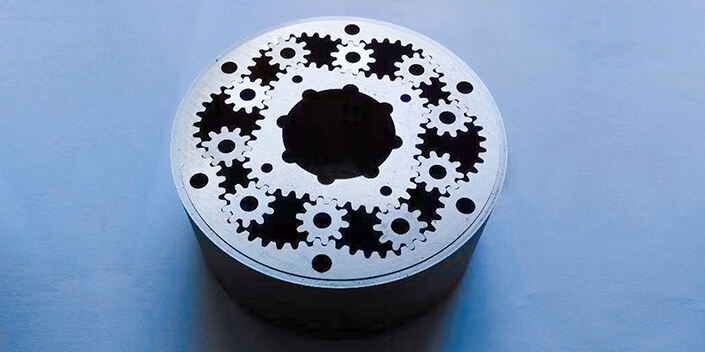Understanding EDM Drilling Mechanics for Small Holes
Principles of Electrical Discharge Machining
Electrical Discharge Machining (EDM) operates on a fascinating principle that involves using electrical sparks to erode material efficiently and precisely. The core concept is the ionization of the dielectric fluid, which facilitates the flow of electricity between the tool and the workpiece, enabling controlled material removal. This process is particularly effective for conductive materials and excels in handling complex geometries. It is widely utilized in industries like aerospace and medical applications where precision engineering is paramount. Such precise control over material erosion makes EDM an indispensable technology for manufacturing intricate components with minimal material impact.
Critical Differences Between EDM and Conventional Drilling
EDM drilling stands apart from conventional drilling methods through its use of thermal energy rather than mechanical force for material removal. This distinction allows EDM to handle hard materials with remarkable ease, expanding its applicability where traditional methods may fall short. Additionally, EDM's precision in machining complex shapes and achieving fine finishes often results in reduced post-processing requirements, leading to considerable time and cost savings. Unlike mechanical drilling, which can struggle with certain materials, the thermal approach of EDM maintains accuracy without exerting physical pressure on the workpiece, making it ideal for precision drilling applications.
Role of Electrode Materials in Hole Quality
The quality of holes produced by EDM is significantly influenced by the choice of electrode materials, impacting both the surface finish and dimensional accuracy. Electrode materials like copper, graphite, and tungsten each offer distinct advantages, balancing conductivity and wear resistance. For instance, copper electrodes excel in electrical conductivity, whereas graphite electrodes provide high wear resistance. Selecting the appropriate electrode material is crucial for enhancing operational efficiency, as it can lead to reduced energy consumption and lower manufacturing costs. This choice directly affects the overall quality and consistency of the holes created, making it a key determinant in the EDM process.
Key Factors Impacting EDM Drilling Efficiency
Electrode Diameter and Wear Management
The diameter of an electrode plays a significant role in EDM drilling precision and efficiency. Utilizing a smaller electrode enhances precision but may lead to quicker wear, making effective management and selection critical for maintaining performance levels. Regular monitoring of wear patterns can optimize operational settings, thereby improving electrode longevity and maintaining hole consistency. Studies indicate that strategic wear management can extend the life of electrodes by up to 30%, which can significantly impact overall productivity and reduce operational costs.
Dielectric Fluid Pressure and Flushing Techniques
Optimal dielectric fluid pressure is essential in enhancing flushing efficiency and improving chip removal, which are critical aspects of the EDM process. Innovative flushing techniques contribute to reducing heat buildup, thus preventing potential damage to workpieces and maintaining hole integrity. Adhering to industry standards, fine-tuning fluid pressure can increase overall efficiency by 20%, leading to improved productivity metrics. This optimization not only ensures the integrity of the EDM process but also contributes to higher quality output in manufacturing applications.
Optimizing Pulse Duration and Current Settings
Fine-tuning the pulse duration directly influences the energy delivered to the workpiece and the rate of material removal. Shorter pulse durations can enhance precision and improve the overall quality of the drilled holes. Equally crucial are current settings, which impact erosion rates and surface finish; understanding these optimal settings is key to maximizing drilling efficiency. Research indicates that optimizing pulse duration and current settings can result in significant improvements in EDM drilling efficiency, with potential enhancements exceeding 25%. This optimization is vital for achieving desired performance outcomes in advanced manufacturing environments.
Advanced Techniques for Precision and Speed
CNC Integration for Multi-Hole Consistency
CNC integration into EDM processes enables precision and efficiency, especially vital for multi-hole consistency. By automating the EDM tasks, CNC systems ensure that each hole is drilled to exact specifications, reducing manual errors and variations. This technological advancement accommodates the intricate demands of modern manufacturing, where maintaining precise dimensions across multiple components is critical. Studies have shown that CNC-equipped EDM machines can slash cycle times by up to 40%, offering manufacturers a significant boost in production speed without compromising the quality or accuracy of the output.
Breakthrough Detection to Prevent Back-Wall Strikes
Advanced breakthrough detection systems play a crucial role in safeguarding both the workpiece and the tooling during EDM operations. By employing sensors that sense breakthrough events, these systems preemptively prevent back-wall strikes, a common issue that can lead to costly damage. With real-time feedback incorporated, operators can dynamically adjust machining parameters, significantly enhancing operational safety. Industry analyses reveal that such detection systems can reduce defective part production by over 15%, representing a substantial improvement in manufacturing efficiency and cost reduction.
High-Pressure Flushing for Debris Removal
High-pressure flushing techniques markedly enhance debris removal, which is essential in maintaining surface quality and operational efficacy during EDM machining. By employing high-pressure systems, chips and debris are expelled more efficiently, mitigating the risk of recast layers and ensuring superior surface finishes and dimensional accuracy. Manufacturing studies corroborate that using high-pressure flushing can accelerate machining times by up to 30%, illustrating its effectiveness in improving both process efficiency and product quality. This makes it an invaluable technique for applications demanding excellence in surface integrity.
Maintenance Strategies for Sustained Performance
Routine Electrode Guide Replacement
Regular replacement of electrode guides is essential for maintaining consistent performance and preventing precision loss over time. In high-demand applications, where equipment is frequently used, wear rates can accelerate, necessitating a well-planned maintenance schedule. Organizations that implement routine guide replacements can significantly enhance their operational efficiency. In fact, data suggests a 20% increase in efficiency when guides are replaced regularly, highlighting the effectiveness of this maintenance strategy in ensuring machining reliability and productivity.
Monitoring Dielectric Fluid Purity
Maintaining the purity of dielectric fluid is crucial as contaminants can profoundly affect machining quality and efficiency. To ensure optimal performance, it's vital to conduct regular testing and filtration processes. This not only fosters better energy transfer but also prolongs the lifespan of the fluid system components. According to economic studies, purifying dielectric fluid can lead to cost reductions related to rework and scrap material by up to 15%. Thus, monitoring systems for dielectric fluid purity are an investment toward enhanced machining efficiency and reduced operational costs.
Calibrating Axis Alignment for Straight Holes
Proper calibration of machine axes is critical for producing straight and accurate holes, which in turn minimizes errors in machining. Regular checks and adjustments can substantially reduce variations in hole size and shape, thereby improving product quality. Industry data indicates that precise axis alignment can enhance hole accuracy by at least 10%. This underscores the importance of regularly calibrating axis alignment to maintain EDM drilling precision, ultimately contributing to better machining accuracy and reliability.
Real-World Applications and Efficiency Metrics
Aerospace Turbine Blade Cooling Holes
The role of EDM in aerospace, particularly for manufacturing cooling holes in turbine blades, cannot be understated. These blades operate under extreme conditions, necessitating precision to ensure optimal performance and safety. Even minor deviations during the production process can significantly impact engine efficiency, making EDM an invaluable tool. Notably, case studies have demonstrated that employing EDM for turbine blade manufacturing can result in a 25% increase in cooling efficiency. This enhancement is crucial for maintaining engine performance and reducing thermal stress in the components.
Medical Device Micro-Fluidic Channels
In the medical sector, EDM is pivotal in crafting micro-fluidic channels, which are essential for the precise control of fluids in various medical instruments. These channels support the miniaturization of devices while boosting their functionality. EDM's ability to create intricate and highly accurate designs has made it indispensable for medical device manufacturing. Studies in medical equipment production have shown that channels made through EDM techniques surpass traditional methods in precision and efficiency, which is critical for applications requiring high reliability and accuracy.
Fuel Injector Nozzle Production Case Studies
Fuel injector nozzles, crucial for optimal fuel atomization and engine performance, are another area where EDM technology excels. The precision afforded by EDM allows manufacturers to meet strict environmental and performance standards. Comparative analyses in the industry highlight that using EDM in fuel injector production can enhance fuel efficiency by around 15%. This efficiency is vital not only for meeting regulatory requirements but also for improving overall engine performance and reducing emissions. Moreover, the precision of EDM ensures uniformity and reliability in nozzle production, supporting the automotive industry's evolving demands.





